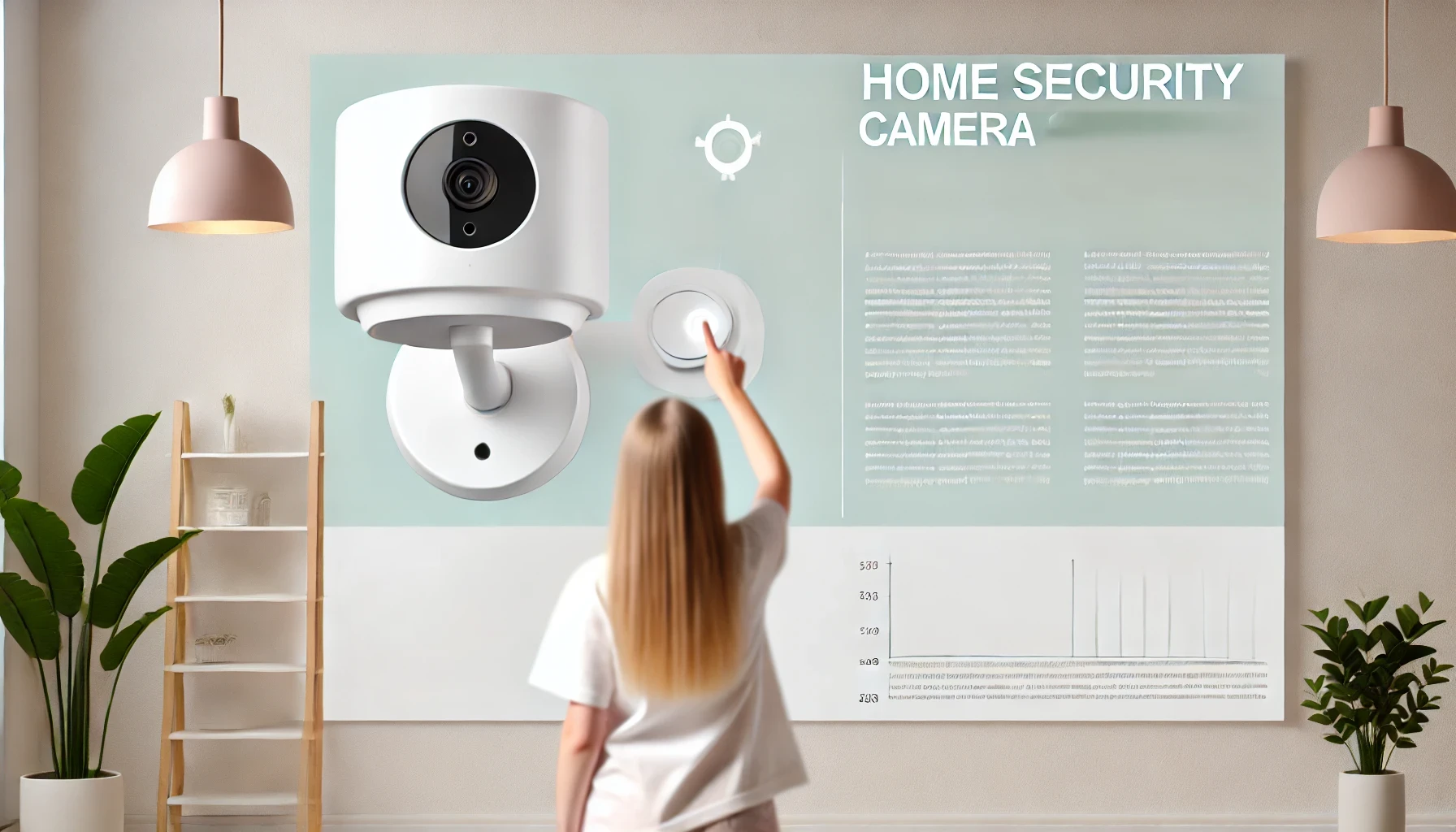Biometric Statistics By Revenue, Market Size, Usage And Implementation
Updated · Aug 27, 2024

Table of Contents
- Introduction
- Editor’s Choice
- Fingerprint Authentication Market Revenue
- Human Authentication Market In Europe
- Facial Recognition Market Size
- Comfort With The Usage Of Facial Recognition Systems
- Tech Companies Implementing Biometric Authentication Tools
- A Biometric Solution As A Replacement For Passwords
- Biometric Security Companies Market Share
- Positives Of Password-Less Authentication
- Factors Restraining Biometric Authentication
- Trust Of Different Parties With Biometric Data
- Use of Biometrics At Airport
- Biometrics As A Method Of Authentication
- Advantages Experiences Due To Online Authentication Systems
- Willingness To Use Online Payment Systems
- Future Of Biometric Authentication Adoption
- Obstacles To Going Password-Less
- Security System Concerns Related To Authentication Systems
- Predicted Development Of Biometric Systems
- Increase In The Likelihood Of An Increase In Biometric Security
- Conclusion
Introduction
Biometric Statistics: Biometrics are based on calculations and various characteristics based on human features. Authentication based on biometric information has become a mainstream form of identification and surveillance.
The biometric identifiers have played a vital role in labeling and characterizing individuals. As we go forward, it is essential to discuss biometric statistics to learn about growth and the idea of biometric authentication.
Editor’s Choice
- The fingerprint authentication market is expected to reach USD 15.42 billion by 2028.
- The biometric authentication market in Europe based on smart devices is USD 36.24 billion in 2024.
- The facial recognition market is expected to reach USD 19.3 billion by 2032.
- 58% of users are comfortable with facial recognition, iris scan, and voice recognition.
- Socure is the leader in the facial recognition market with a 64% market share.
- The trust among employers in the usage of biometric data rose from 74% in 2020 to 84% in 2022.
- Genz has shown higher acceptance of biometric authentication systems in comparison to other generations.
- AI is expected to have signification development in biometric systems based on 26% of respondents.
Fingerprint Authentication Market Revenue

(Reference: Statista.com)
- If one refers to biometric statistics, there is evident information to showcase the growth of the fingerprint system authentication market.
- In 2022, the fingerprint authentication market generated revenue of $5.32 billion revenue.
- By 2028, the market is predicted to reach a high of $15.42 billion.
Human Authentication Market In Europe
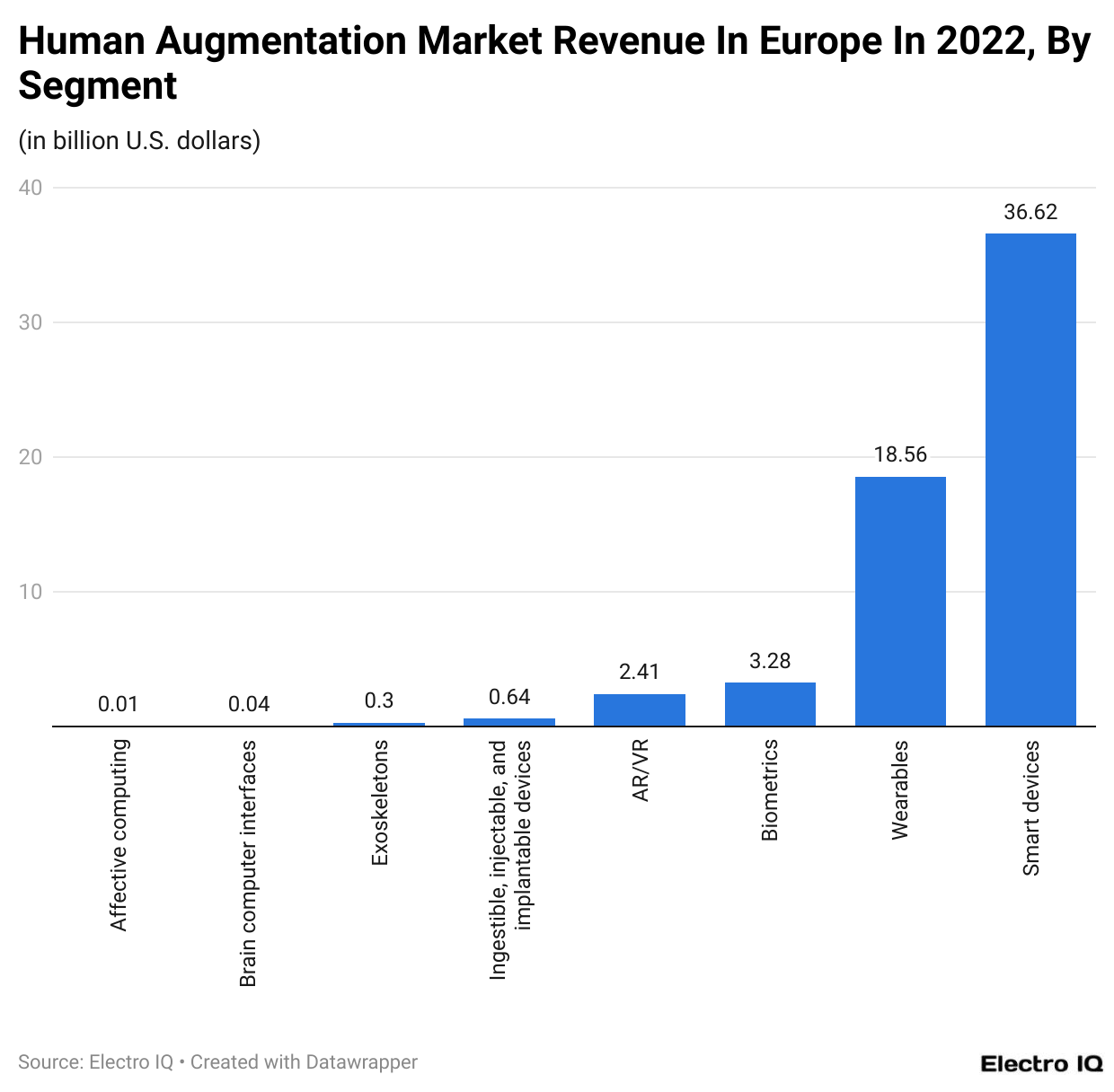
(Reference: Statista.com)
- Human authentication devices have shown significant growth diversity among different categories.
- Biometric statistics have showcased the highest revenue for biometric devices with smart devices at $36.62 billion.
- It is followed by wearables, biometrics, and VR, which total $18.56 billion, $3.28 billion, and $2.41.
Facial Recognition Market Size

(Reference: Statista.com)
- Biometric statistics showcase significant growth in the facial recognition market.
- It is predicted that by 2032, facial recognition will reach a revenue of $19.3 billion.
- As of 2022, the facial recognition market is $5.1 billion.
Comfort With The Usage Of Facial Recognition Systems
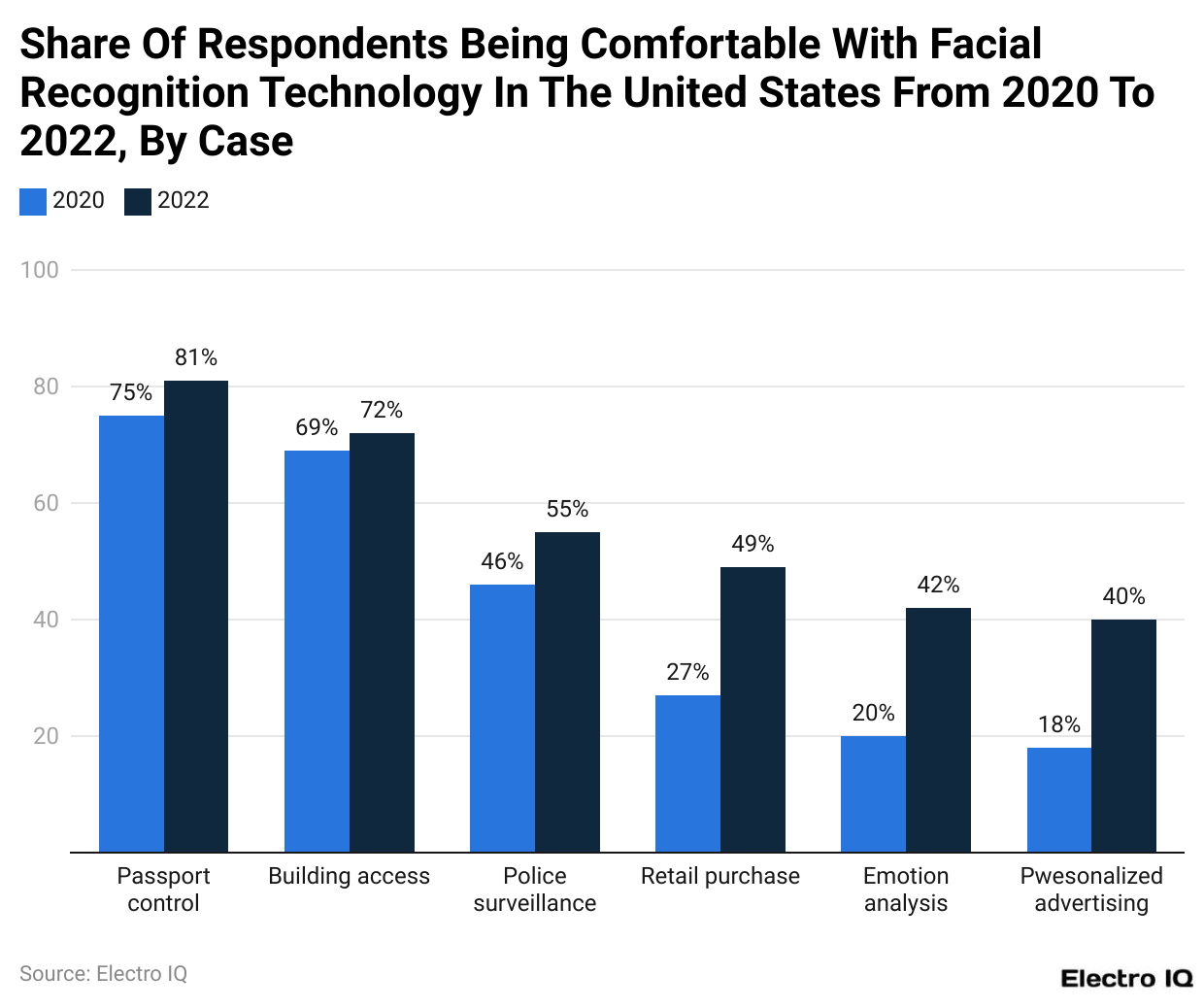
(Reference: Statista.com)
- Since the inception of facial recognition systems for security, biometric statistics show that the average public has become comfortable with facial recognition systems.
- As showcased in the graph, various aspects such as passport recognition, building access, police surveillance, retail purchase, analysis of emotions, and personalized forms of advertising have shown a great range of acceptance among the respondents.
Tech Companies Implementing Biometric Authentication Tools

(Reference: Statista.com)
- Biometric statistics reveal that tech companies are now using biometric authentication tools in regions of North America and Europe.
- As the graph shows, tech companies have gained faith in biometric authentication tools, with 36% acceptance in 2024.
- The peak level of acceptance was reached in 2023 with 48%.
A Biometric Solution As A Replacement For Passwords

(Reference: Statista.com)
- Biometric statistics reveal that 58% of respondents are comfortable with facial, iris, or voice recognition.
- Similarly, 46% feel it to be a solution for multi-factor authentication.

(Reference: Statista.com)
- Biometric statistics reveal that Socure had a 49.64% market share in biometric security technologies.
- The market share is followed by CrossMatch, Data Grail, and Vison box with 16.71%, 10.26%, and 6.68%.
Positives Of Password-Less Authentication
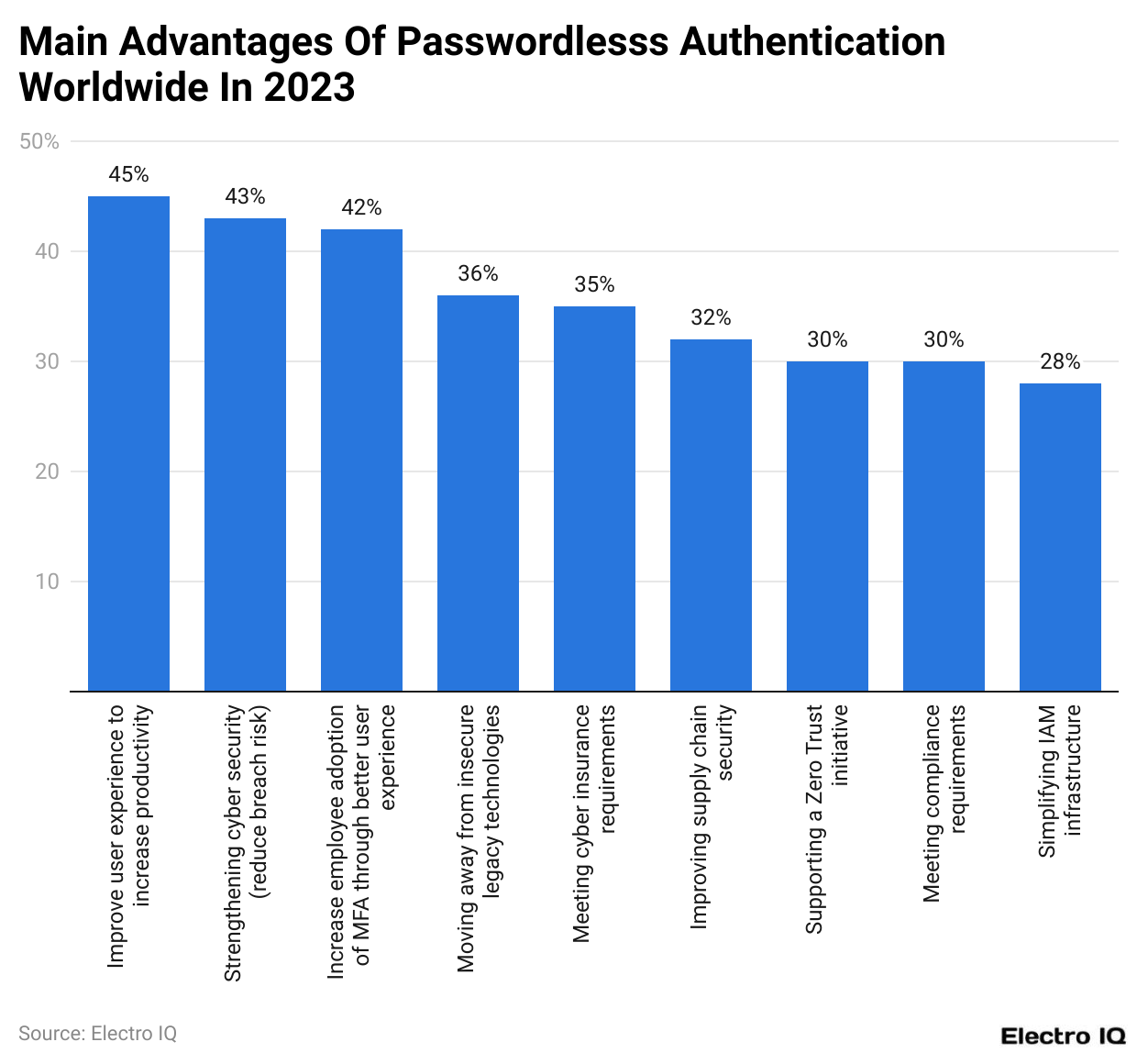
(Reference: Statista.com)
- Biometric statistics reveal that this authentication system has many advantages.
- 45% of users believe user experience and productivity are improved with less authentication of passwords.
- Similarly, 43% of respondents feel that password-less authentication helps fortify cybersecurity.
Factors Restraining Biometric Authentication

(Reference: Statista.com)
- Biometric statistics also show that there have been concerns about biometric usage.
- 54% of users have had privacy concerns about data usage.
- Lack of public trust and legalization were other significant concerns with biometric authentication, which comprised 47% and 43% of other biometrics factors.
Trust Of Different Parties With Biometric Data

(Reference: Statista.com)
- If one refers to Biometric statistics, it is evident that trust among customers towards biometric information has increased significantly.
- As showcased in the graph, trust among employers for using biometric data has increased from 74% in 2020 to 84% in 2022.
- Similarly, the use of biometric data by tech companies has increased the trust of tech companies, leading to its implementation positivity from 64% in 2020 to 78% in 2022.
- Likewise, biometric statistics reveal that the government’s ability to share trust in biometric data has increased from 54% in 2020 to 71% in 2022.
Use of Biometrics At Airport

(Reference: Statista.com)
- If one refers to the biometric statistics, one will find that there has been a considerable increase in security systems.
- The airport undoubtedly boasts among the most stringent security check systems.
- Accordingly, the biometrics at airports have increased from 34% in 2022 to 46% in 2023.
Biometrics As A Method Of Authentication
(Reference: Statista.com)
- If one closely looks at biometrics statistics, it is possible to find that there are variable signs of using such methods that use biometric data to garner essential information about people among different generations.
- Generation Z has shown the highest level of acceptance of the usage of biometric information as consumers, with an acceptance rate of over 5% in all use cases, namely 51% in facial recognition, 29% in fingerprint, 7% in voice recognition, and 12.2% in retinal scan.
- In contrast, senior citizens have shown minimal acceptance of using biometric data while online shopping, with only 4.9% in facial recognition, 8.9% in fingerprint scans, 1.8% in voice recognition, and 1.2% in retinal scans.
- Furthermore, the mid-generation of Gen X and millennials have shown mixed signs of acceptance of using biometric data for their online purchase by US consumers.
- Based on this data, it is safe to assume that the younger generation has shown more acceptance towards providing their biometric information than their relatively older generation.
Advantages Experiences Due To Online Authentication Systems
(Reference: Statista.com)
- Despite the concerns, adopting online biometric authentication systems has many advantages.
- For instance, 35.2% of baby boomers who used online authentication systems felt it enhanced security and prevented fraud.
- Referring to biometric statistics, all generations enjoyed the other advantages of faster checkout and easy integration with other systems.
Willingness To Use Online Payment Systems

(Reference: Statista.com)
- It is interesting to note that while different users use biometric authentication, their reason for usage is different.
- Regarding biometric statistics, 61.7% prefer using biometric authentication if any monetary awards are associated.
- Likewise, 52.6% feel merchants would prefer using biometric information for online transactions if there is more acceptance among merchants.
- The rest of the list looks for features based on aspects such as compatibility on multiple devices and if there is more than one device where it can be used, with 49.6%, 49.3%, and 42.9%.
Future Of Biometric Authentication Adoption

(Reference: Statista.com)
- If you refer to biometric statistics, using biometric data has shown signs of positivity among businesses.
- Retail, fintech, and IT services have shown the most signs of adopting password-less biometric authentication systems with 41%, 39%, and 33%.
- Holistically speaking, 34% of all industries have been bullish on adopting biometric systems for authentication and other activities.
Obstacles To Going Password-Less

(Reference: Statista.com)
- Legacy systems display system platforms; systems display passwords substituted by biometric authentication among 43% of respondents.
- 37% and 33% of respondents feel that the same authentication method has been used elsewhere, and IT systems don’t align with making it happen.
- 20% of employees don’t trust the authentication system due to privacy concerns.
Security System Concerns Related To Authentication Systems

(Reference: Statista.com)
- Regarding biometric statistics, there are concerns regarding implementing password-less systems.
- 37% of respondents feel that security misconceptions open for attackers to gain access.
- 36% and 34% of respondents account for recovery, and service accounts for service account-based systems have been shown as top security concerns.
Predicted Development Of Biometric Systems

(Reference: Statista.com)
- Referring to biometric statistics, Artificial intelligence systems will have significant development concerning biometrics as per 26% of respondents.
- Likewise, 22% of users feel digital identity systems are essential for business growth and development.
- Digital wallets, national identity, and border control-based security systems comprise the rest of most prospective developments in biometric systems, with 9%, 7%, and 6%.
Increase In The Likelihood Of An Increase In Biometric Security
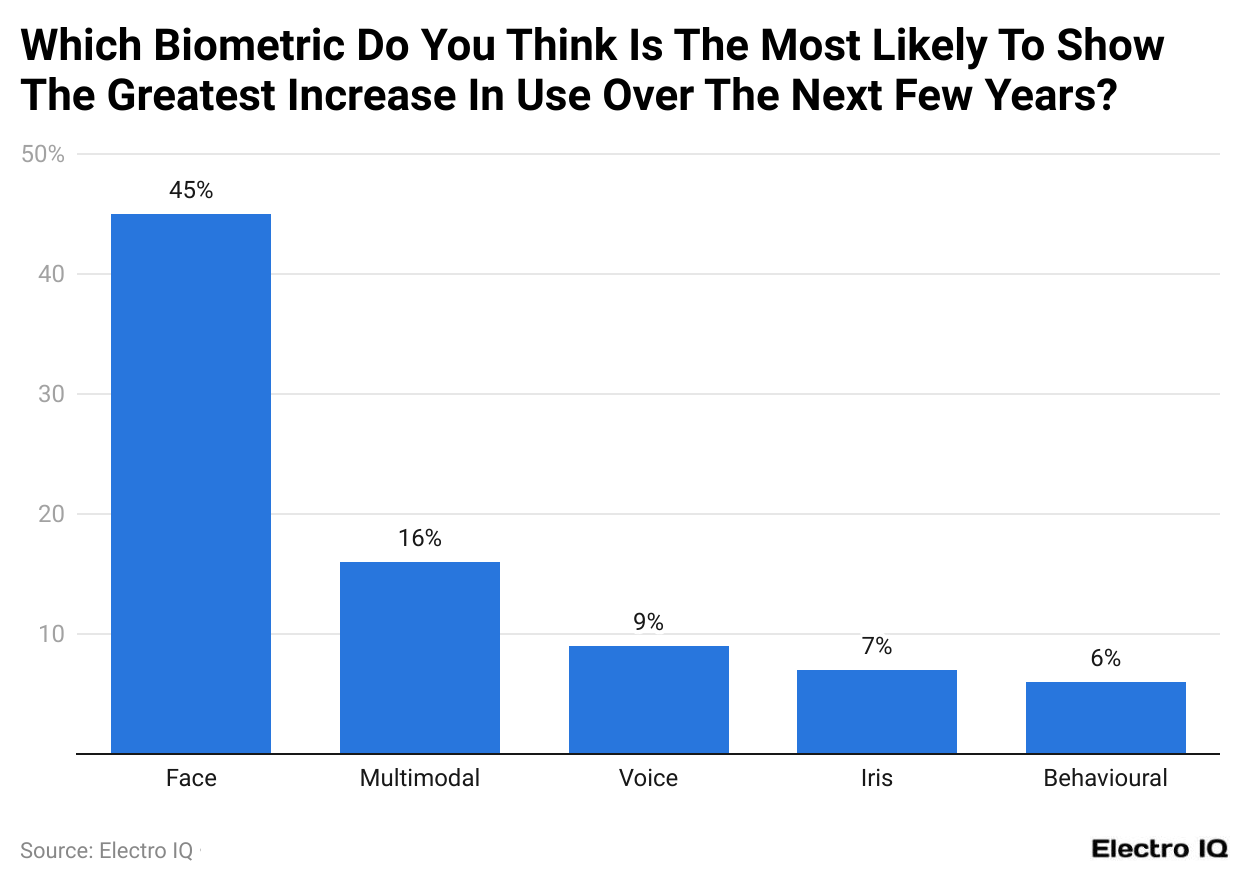
(Reference: Statista.com)
- If one refers to biometric statistics, facial recognition may become the most popular form of biometric security based on the information provided in biometric statistics with 45%.
- Other popular forms of biometric authentication are multimodal, voice, iris scan and behavioral scans, with 9%, 7%, and 6%.
Conclusion
The biometric industry has witnessed significant growth in recent years. For the most part, this rise in demand is driven by the rising requirement for a secure identification system. The biometric statistics reveal that the global market revenue is expected to reach $15.42 billion by 2028 for fingerprint-based authentication. Accordingly, the facial recognition market is expected to hit $19.3 billion by 2032.
Moreover, the biometric authentication system is gaining popularity and acceptance in multiple industries, with 58% of respondents comfortable with facial recognition, iris scan, and voice recognition systems. Likewise, the trend of adoption of biometric systems is more popular among younger generations of Gen Z in comparison to Gen X and boomers.
Sources
FAQ.
The fingerprint authentication market is expected to reach $15.42 billion by 2028.
Gen Z shows the highest acceptance rate for online transactions.
54% of users are worried about misuse of their data on how their biometric data is used.
Biometric statistics show that 34% of all industries are looking to adopt biometric systems for authentication and other activities.

Aruna Madrekar is an editor at Smartphone Thoughts, specializing in SEO and content creation. She excels at writing and editing articles that are both helpful and engaging for readers. Aruna is also skilled in creating charts and graphs to make complex information easier to understand. Her contributions help Smartphone Thoughts reach a wide audience, providing valuable insights on smartphone reviews and app-related statistics.










